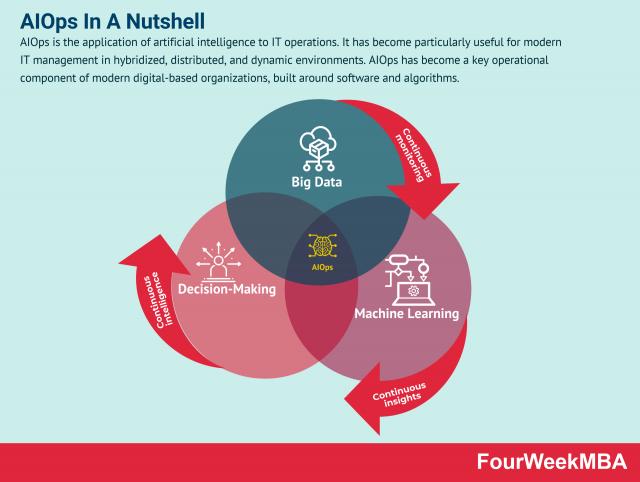Layered architecture is a foundational design pattern in software engineering that organizes software components into distinct layers based on their responsibilities and dependencies. It provides a structured approach to building software systems, facilitating modularity, scalability, and maintainability.
Significance and Principles of Layered Architecture
Layered architecture holds significant importance in software development due to its ability to promote modularity, scalability, and maintainability. The principles that underpin layered architecture include:
Separation of Concerns
Each layer in a layered architecture is responsible for a specific concern or aspect of the system’s functionality. This separation allows developers to focus on distinct areas of the application without being overwhelmed by unrelated details.
Encapsulation
Layers encapsulate their functionality, exposing only well-defined interfaces to interact with other layers. This encapsulation hides internal implementation details, reducing dependencies and promoting loose coupling.
Abstraction
Each layer provides a level of abstraction, allowing developers to work at different levels of detail. This abstraction enables higher layers to interact with lower layers without needing to know the specifics of their implementation.
Implementation of Layered Architecture
Implementing layered architecture involves organizing software components into horizontal layers, typically including:
Presentation Layer
The presentation layer is responsible for presenting information to users and handling user interactions. It includes user interfaces, web servers, or API gateways and focuses on delivering a user-friendly experience.
Application Layer
The application layer contains the business logic and application-specific functionality. It orchestrates interactions between different components and enforces business rules, ensuring that the system behaves according to the requirements.
Domain Layer
The domain layer encapsulates the core domain logic and entities of the application. It represents the problem domain and contains domain-specific concepts and behaviors, such as entities, value objects, and domain services.
Infrastructure Layer
The infrastructure layer provides services and utilities required by higher layers, such as data access, logging, and external integrations. It abstracts away details of the underlying infrastructure, allowing higher layers to focus on business logic.
Benefits of Layered Architecture
Layered architecture offers several benefits that contribute to the development of robust and maintainable software systems:
Modularity and Maintainability
By separating concerns into distinct layers, layered architecture promotes modularity. This modular structure makes it easier to understand, maintain, and extend the system over time, as changes in one layer have minimal impact on others.
Scalability and Extensibility
Layers can be scaled and extended independently, allowing for flexible growth and adaptation to changing requirements. This scalability and extensibility enable the system to evolve and accommodate future needs without significant restructuring.
Testability and Reusability
Layers can be tested in isolation, facilitating automated testing and ensuring that changes to one layer do not adversely affect others. Additionally, reusable components can be shared across layers, promoting code reuse and consistency.
Challenges of Layered Architecture
While layered architecture offers numerous benefits, it also poses certain challenges that developers need to address:
Overhead and Complexity
Adding additional layers can introduce overhead and complexity, particularly in smaller systems where the benefits of layering may not outweigh the costs. Developers need to carefully consider the trade-offs and ensure that the architectural decisions align with the project’s requirements.
Rigid Structure
A rigid layering structure may not always align with the dynamic nature of evolving requirements. In some cases, strict layering can introduce constraints and limitations that hinder flexibility and innovation.
Cross-Cutting Concerns
Certain aspects of the system, such as logging, security, and error handling, may cut across multiple layers, complicating their implementation and management. Developers need to carefully design their layered architecture to address these cross-cutting concerns effectively.
Real-World Applications of Layered Architecture
Layered architecture is widely used across various domains and industries, including:
Web Applications
Layered architecture is commonly employed in web applications, where layers are organized to handle presentation, business logic, and data access separately. This separation enables developers to build scalable and maintainable web applications.
Enterprise Systems
Large-scale enterprise systems often adopt layered architecture to manage complexity and promote maintainability. By separating concerns into distinct layers, these systems can accommodate the diverse needs of different stakeholders and business units.
Embedded Systems
Layered architecture is also utilized in embedded systems, where layers may include hardware abstraction, middleware, and application logic. This modular approach enables developers to build embedded systems that are flexible and adaptable to changing requirements.
Conclusion and Future Prospects
Layered architecture remains a cornerstone of software engineering, providing a structured approach to building software systems that are robust, scalable, and maintainable. While it offers numerous benefits, developers need to carefully balance its advantages against potential challenges and limitations.
Looking ahead, layered architecture is expected to continue playing a vital role in software development, especially as organizations increasingly adopt microservices architectures and embrace cloud-native technologies.
Connected Agile & Lean Frameworks
AIOps
AgileSHIFT
Agile Methodology
Agile Program Management
Agile Project Management
Agile Modeling
Agile Business Analysis
Agile Leadership
Andon System
Bimodal Portfolio Management
Business Innovation Matrix
Business Model Innovation
Constructive Disruption
Continuous Innovation
Design Sprint
Design Thinking
DevOps

